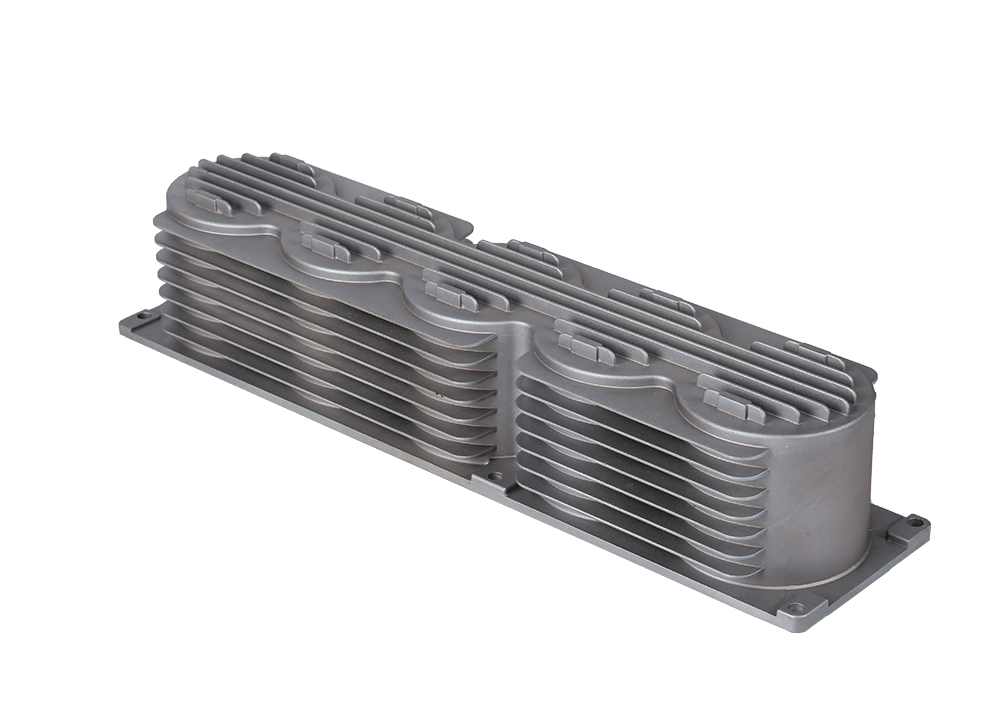Time:2023-10-12 Preview:
304 stainless steel refers to metal materials with high corrosion resistance, generally divided into martensitic stainless steel, ferrite stainless steel, austenitic stainless steel, and austenitic+ferrite stainless steel. Among them, austenitic stainless steel and austenitic+ferrite stainless steel are more difficult to machine. As a metal material, its application requires different processing methods to make it into different products. Stainless steel parts usually use grinding processing methods to meet the requirements of surface quality and machining accuracy. Due to the high toughness, low thermal conductivity, and low elastic modulus of stainless steel, there are often the following problems in the grinding process of 304 stainless steel: the grinding wheel is prone to adhesion and blockage; Processed surfaces are prone to burns; Severe work hardening of 304 stainless steel; The workpiece is prone to deformation. It is not difficult to see that the choice of grinding wheel and grinding fluid directly affects grinding efficiency and machining accuracy.
At present, the domestic stainless steel product industry still commonly uses ceramic bonded alumina series grinding tools and coated grinding tools in grinding processing. The problem of "blockage" is often encountered in stainless steel grinding, which affects the processing efficiency and effectiveness of stainless steel products. Therefore, people classify the processing of 304 stainless steel as a "difficult to machine material" category.
When grinding 304 stainless steel, reducing the adhesion and blockage of the grinding wheel is an important factor in improving grinding efficiency. During processing, the grinding wheel should be frequently trimmed to maintain the sharpness of the cutting edge. Choosing a grinding wheel with good self sharpening performance is the main goal. Generally, choosing a grinding wheel with low hardness is effective, but it cannot be chosen (continue on page 66). The entire working process is illustrated by taking the right chamber as an example: when the right end cover is pressed down, S2 closes and starts at the same time, generating an output signal. Q is used to start the vacuum pump. Q3 and Q4 respectively open 1DCF and 5DCF to vacuum the vacuum chamber and air cushion. After 29 seconds, 1DCF and 5DCF close sQ and disconnect the vacuum pump to stop working, After a delay of 1 second, Q5 generates an output signal to start the operation of 6DCF. The air cushion is lifted by the air, and after 3 seconds, 6DCF is closed. After a delay of 1 second, Q6 outputs to start the heat sealing relay. After 3 seconds of heat sealing, Q8 outputs 3DCF to work, and the vacuum chamber air enters. The right end cover automatically pops up and is sealed.

During the processing of 304 stainless steel, it has high toughness and thermal strength, while the cutting edge of the grinding wheel abrasive has a large negative rake angle. During the grinding process, the abrasive chips are not easily cut off, resulting in high cutting resistance and intense squeezing and friction. The grinding force per unit area is large, and the grinding temperature can reach 1000 ℃~1500 ℃. At the same time, under the action of high temperature and pressure, the abrasive debris easily adheres to the grinding wheel, filling the gaps between the abrasive particles, and causing the abrasive particles to lose their cutting effect. The types of stainless steel are different, and the situation of grinding wheel blockage is also different. For example, when grinding concentrated nitric acid resistant stainless steel and heat-resistant stainless steel, the adhesion and blockage phenomenon is more severe than that of 1Cr18NiTi, while martensitic stainless steel such as 1Cr13 and 2Cr13 are relatively light.
 Related News
Related News·The cause of the explosion of the mold explosion in the hardware stamping mold processing process ·Analysis of external fault maintenance of CNC lathes processing CNC lathe system? ·Analysis of Deformation Problems in CNC Machining Parts · What are the processes for processing precision mold parts? ·The choice of a CNC Dragon Gate Processing Center? ·Features and operating procedures of CNC ·Guidelines for Fine Mechanical Processing ·What are the skills of metal powder spraying ·Advantages of using large CNC machining centers ·How to avoid screen jamming in CNC machining centers?


